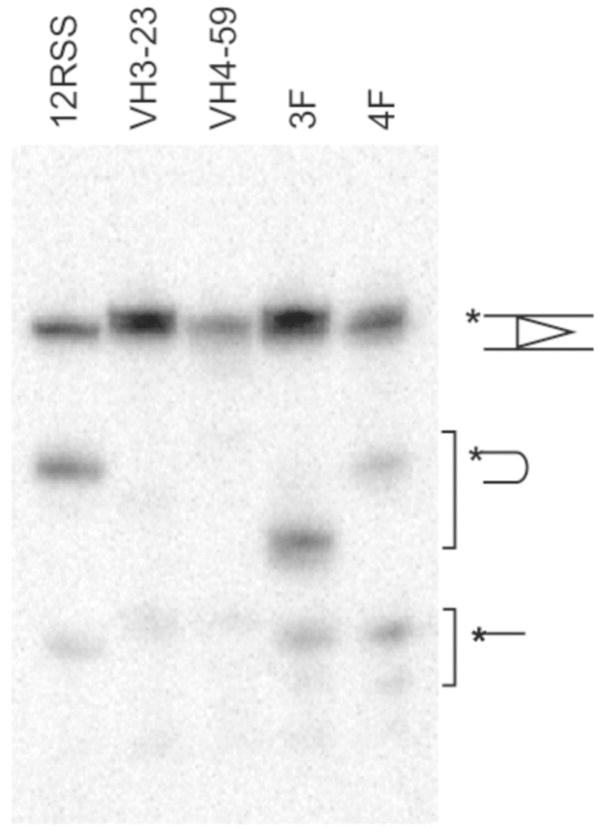Figure 4. The coding flank reduces hairpin formation.
A substrate was prepared in which the 12RSS flanking sequence was replaced with either the IGHV4-59 flank (4F) or the IGHV3-23 flank (3F) to determine the effect of flank residues on RAG cleavage in the presence of Mn+2. A consensus 12RSS and the IGHV3-23 and IGHV4-59 substrates were 5’ labeled (*) on the top strand with T4 polynucleotide kinase. A supportive flank sequence ends in YR. The IGHV4-59 flank ending in GT is considered an unsupportive flank (RY) and results in reduced hairpinning. Hairpinning on the IGHV3-23 flank which ends in TT (YY) was less severely inhibited but yielded an unusually short hairpin. The hairpin and nick products are indicated.

